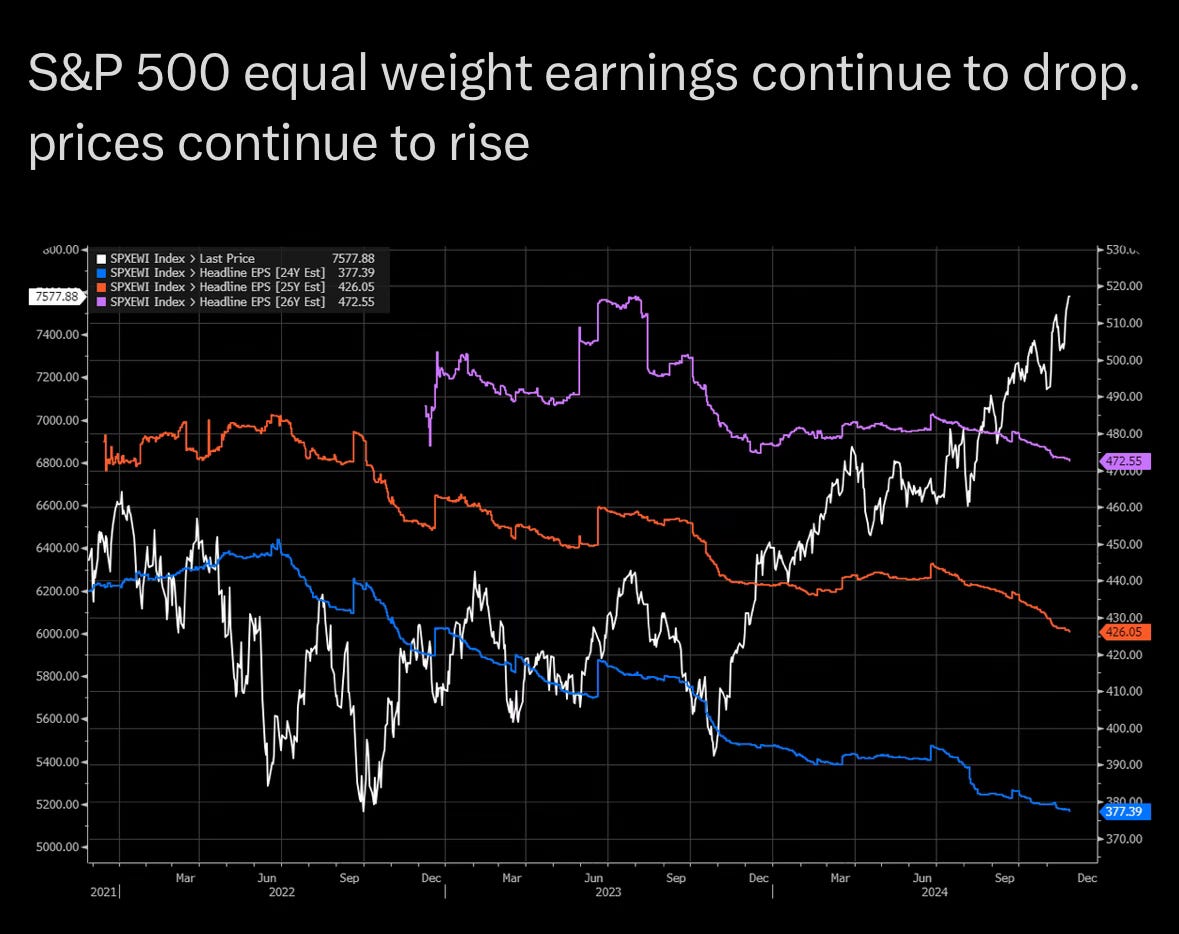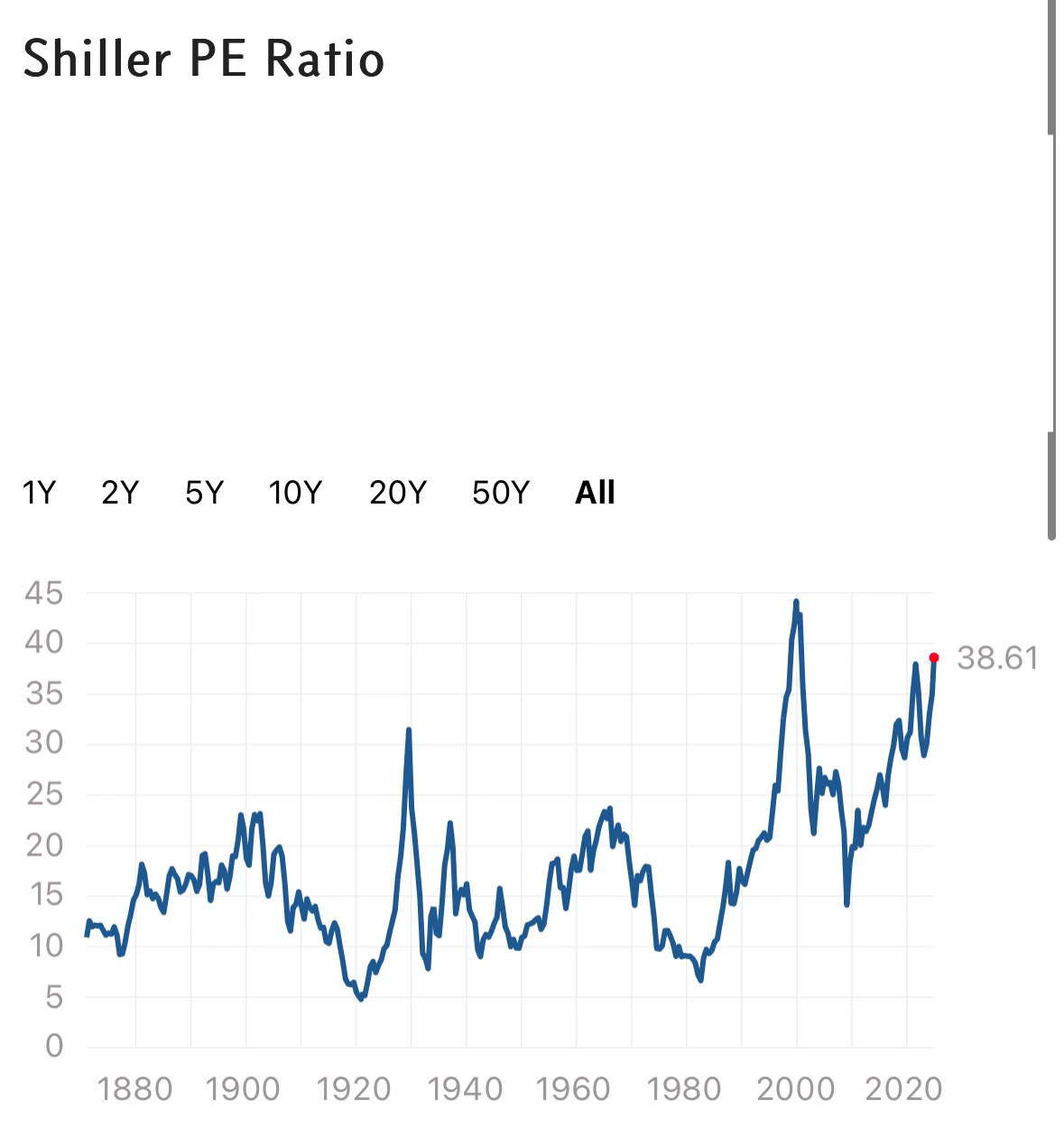Why AI Narrative Overshadow Overvaluations
The stock market stands at an inflection point. For much of the past two decades, it has defied gravity, buoyed by low interest rates, technological optimism, and an insatiable appetite for growth. Yet, as valuations soar to historic extremes, the fault lines between two schools of investing—Valuationists and Modern AI Narrativists—are becoming ever more pronounced.
Valuationists warn that the market is stretched to unsustainable levels, bracing for a reckoning. AI Narrativists counter with the promise of innovation and future profits or return on investment, insisting “this time is different.” The data, however, suggests that the risks of overvaluation cannot be ignored, and future returns may be a shadow of the past.
A Battle of the Books: Ancient vs. Modern
Jonathan Swift's satirical masterpiece, The Battle of the Books, is a literary allegory for a real-world intellectual conflict that raged during the Renaissance.
To understand today’s market dynamics, we look to a historical parallel—the intellectual conflict during the Renaissance that Jonathan Swift immortalized in his satirical masterpiece, The Battle of the Books.
In this literary allegory, the Ancients, representing classical thinkers like Homer and Aristotle, clashed with the Moderns, advocates of progress and scientific innovation. Swift imagined the dispute as a literal battle between books in a library. The Ancients championed tradition, reason, and enduring wisdom, while the Moderns celebrated discovery and disruption, dismissing the past as obsolete. At the heart of this debate were two opposing factions: the Ancients and the Moderns. The Ancients revered the wisdom of classical Greek and Roman thought, while the Moderns championed the progress and innovation of their own time.
The core arguments of the two sides were multifaceted. The Ancients argued that the wisdom of the past was superior and that modern thinkers were merely imitators. They emphasized the importance of tradition, reason, and established authority.
In contrast, the Moderns believed that human knowledge was constantly evolving and that new discoveries and technologies surpassed the achievements of the ancients. They championed empirical observation, scientific inquiry, and the power of human reason to solve problems and improve society.
This timeless tension, between reverence for the old and excitement for the new, is mirrored in today’s financial markets. The cautious Valuationists, akin to the Ancients, prioritize fundamental analysis and value investing. They seek out undervalued assets and advocate for a disciplined, long-term approach. On the other hand, the Modern AI Narrativists, like the Moderns of Swift’s tale, embrace disruptive innovation and high-growth potential. They are willing to pay a premium today for companies with compelling stories and future promises of insane profits.
2024 Battle of the Stocks
The Modern AI Narrativists: Betting on an AI World
Modern AI Narrativists are the market’s optimists, driven by the belief that transformative AI technology justify high valuations today in hopes of large future profits. They point to artificial intelligence, and autonomous vehicles as paradigm-shifting innovations that make traditional financial metrics obsolete, stating “This time is different”.
At the forefront of their crusade are the “Magnificent Seven”: Alphabet, Amazon, Apple, Meta, Microsoft, NVIDIA, and Tesla. Together, these companies account for more than 37% of the S&P 500’s earnings.
•Record High P/E Ratios
The following AI mega caps current P/E valuations are all near record highs Apple: 40, Microsoft 35, NVIDIA 55, Tesla 96, Amazon 45 and the rest of the cohort remain well above the S&P 500 average. Narrativists argue that these valuations are justified by their growth potential that has yet to materialize over the past year or two, which is why their valuations keep rising, as earnings are not keeping up with the stock price.
• Market Cap Concentration Vs. Equal Weight
If the Magnificent Seven were removed from the index, the S&P 500’s P/E ratio would fall to 15.4, highlighting their outsized influence. With the S&P 500 Equal Weight Index, which gives equal weight to each stock, sees declining earnings in 2024, it's a sign of widespread corporate weakness. This could be due to a slowing economy, industry challenges, or declining profit margins and inflation.
Such a decline can have significant implications:
Stock Prices: Lower earnings often lead to lower future stock prices.
Market Sentiment: It can dampen investor sentiment, increasing market volatility.
Economic Growth: Widespread earnings weakness can signal a broader economic slowdown.
Modern AI Narrativists, fixated on seven AI stocks, have overlooked the broader market trends in 2024. As we enter 2025, it remains to be seen whether this narrow focus will pay off or if it signals a significant market downturn.
The Valuationists: Guardians of Intrinsic Value
Valuationists rely on tried-and-true financial metrics to evaluate the market. Armed with tools like Price-to-Earnings (P/E) ratios, the Buffett Indicator, and discounted cash flow models, they are convinced the stock market is wildly overvalued today in 2024.
• Price-to-Earnings (P/E) Ratios at Alarming Heights
The S&P 500’s P/E ratio sits at approximately 30, double its long-term average of 15. The cyclically adjusted P/E (CAPE) ratio, which smooths earnings over 10 years, stands at 39—a level only eclipsed during the dot-com bubble of 2000.
Keep reading with a 7-day free trial
Subscribe to The Coastal Journal to keep reading this post and get 7 days of free access to the full post archives.







